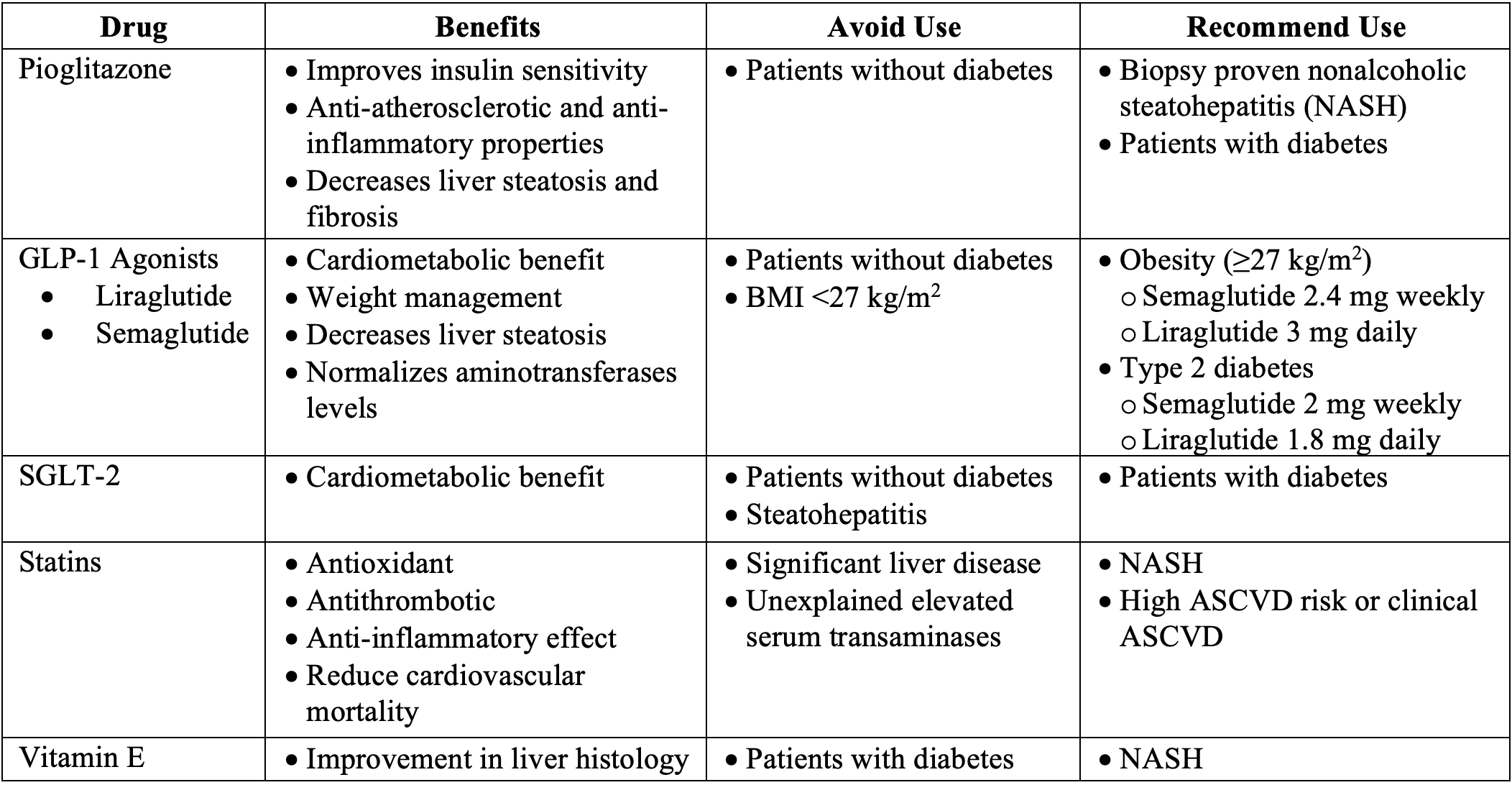Article
Review of the 2022 ACCE Guidelines for Non-Alcoholic Fatty Liver Disease
Author(s):
The most common cause of death for patients with non-alcoholic fatty liver disease is cardiovascular disease, but it also increases the risk of hepatocellular carcinoma and may surpass hepatitis B and C as the leading cause of this cancer.
Background
This guideline is to raise awareness about non-alcoholic fatty liver disease (NAFLD) among primary care providers, endocrinologists, and other health care professionals. Early detection and management of this disease is key.
Research has shown that economic, genetic, social, and environmental factors play a role. Current research lacks ethnic and racial demographic data, which can make it difficult to treat patients. If left untreated, NAFLD can lead to serious complications.
The most common cause of death for patients with NAFLD is cardiovascular disease. NAFLD also increases the risk of hepatocellular carcinoma and may surpass hepatitis B and C as the leading cause of this cancer.
The most common cause of chronic liver disease is from NAFLD, which affects 25% of the global population. This is a public health crisis and treatment strategies are continuously evolving.
Risk factors for NAFLD and advanced fibrosis include:
- Type 2 diabetes
- Hepatic steatosis
- Elevated liver enzymes for >6 months
- Metabolic syndrome
- Obesity
- Male gender
Screening
The GOLD standard for diagnosing NAFLD is a liver biopsy but is not commonly utilized due to the cost and its invasive nature. A FIB-4 (non-invasive liver fibrosis assessment) can be performed to diagnose this disease based on age, AST, ALT, and platelet count.
A FIB-4 test has classifications of high-risk (>2.67), indeterminate (1.3-2.67), and low-risk (<1.3). Low-risk patient disease management focuses on preventing cardiometabolic disease. Patient education is provided on diabetes, hypertension, lipid, and weight management.
Patients classified with a high-risk score need to have a further evaluation and testing performed by a hepatologist. Screening for NAFLD in children, adolescents, and adults with type 2 diabetes includes testing for elevated liver enzymes and co-existing etiologies for chronic liver disease. After a FIB-4 is completed, a FibroScan or enhanced liver fibrosis test (ELF) can be used to test for advanced fibrosis.
Four criteria should be explored before confirming a diagnosis of NAFLD:
- Hyperspectral imaging or histology of a tissue sample.
- No significant history of alcohol consumption or abuse.
- No history of hidradenitis suppurativa.
- No existing chronic liver disease.
Health care providers must also consider other common causes of NAFLD including hepatitis C, current medications, alcohol consumption, Wilson's disease, severe malnutrition, and parenteral nutrition.
Management
After a patient is diagnosed with NAFLD, lifestyle modifications with diet and exercise are first-line treatment. The Mediterranean diet has been shown to help hepatic steatosis and insulin sensitivity.
Patients should avoid drinking alcohol and there is limited evidence that drinking black coffee can reduce hepatic fibrosis. Weight loss of 3%-10% can slow disease progression.
Bariatric surgery may be an option in patients with a BMI ≥ 35 kg/m^2. Lifestyle modifications are the cornerstone of treatment. There are no medications that are FDA-approved for treatment of NAFLD, however, there are some medications that have shown benefit.

Medications is no longer recommended due to lack of efficacy:
- Metformin: Reduces insulin resistance and aminotransferase levels, but no large improvement on liver histology.
- Omega-3 fatty acids: Only shown to improve cholesterol and reduce inflammation, but does not decrease steatohepatitis or liver fibrosis.
- DPP-4 inhibitors, insulin, and acarbose: No benefit found for inflammation or hepatocyte necrosis.
- In patients with type 2 diabetes, can be continued to treat hyperglycemia
Updates in the 2022 guidelines
- Recommend a GLP-1 or pioglitazone for medication management for patient with type 2 diabetes and NASH.
- Recommend weight management medications like semaglutide 2.4 mg weekly or liraglutide 3 mg daily for BMI ≥ 27 kg/m^2.
- Consider an SGLT-2 for patients with type 2 diabetes and NAFLD.
- Experts are considering changing the name of NAFLD to metabolic associated fatty liver disease to describe the etiology of the disease more appropriately.
About the Authors
Author: Dawn Royer, PharmD Candidate 2023, University of Minnesota - Duluth
Preceptor: Chelsea Morken, PharmD, PGY-2 Ambulatory Care Resident, Mayo Clinic Health System — Mankato
References
Chalasani N, Younossi Z, Lavine JE, Diehl AM, Brunt EM, Cusi K, et al. The diagnosis and management of non-alcoholic fatty liver disease: practice guideline by the American Association for the Study of Liver Diseases, American College of Gastroenterology, and the American Gastroenterological Association.HEPATOLOGY 2012; 55:2005-2023.
Cusi K, Isaacs S, Barb D, et al. American Association of Clinical Endocrinology Clinical Practice Guideline for the Diagnosis and Management of Nonalcoholic Fatty Liver Disease in Primary Care and Endocrinology Clinical Settings: Co-Sponsored by the American Association for the Study of Liver Diseases (AASLD). Endocr Pract. 2022;28(5):528-562. doi: 10.1016/j.eprac.2022.03.010
Doumas, Michael, et al."The Role of Statins in the Management of Nonalcoholic Fatty Liver Disease." Current pharmaceutical design vol. 24,38 (2018): 4587-4592. doi:10.2174/1381612825666190117114305
Gawrieh, Samer, et al. "Relationship of ELF and PIIINP With Liver Histology and Response to Vitamin E or Pioglitazone in the PIVENS Trial." Hepatology communications vol. 5,5 786-797. 5 Feb. 2021, doi:10.1002/hep4.1680
Satapathy, Sanjaya K et al. "Drug-induced fatty liver disease: An overview of pathogenesis and management." Annals of hepatology vol. 14,6 (2015): 789-806.doi:10.5604/16652681.1171749
Younossi, Zobair M et al. “AGA Clinical Practice Update on Lifestyle Modification Using Diet and Exercise to Achieve Weight Loss in the Management of Nonalcoholic Fatty Liver Disease: Expert Review.” Gastroenterology vol. 160,3 (2021): 912-918. doi:10.1053/j.gastro.2020.11.051






